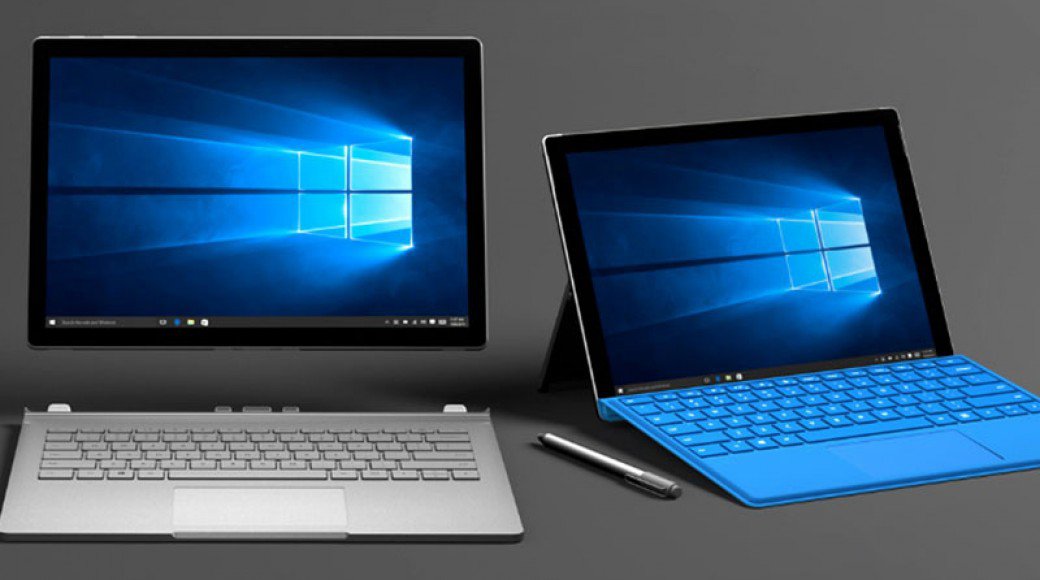Setting the record straight about Microsoft Windows 10 subscriptions

Everyone loves a good conspiracy, even when it makes absolutely no sense. Since its release, Windows 10 has been at the center of sporadic debates hinging on the theory that Microsoft might one day decide to lock users out their rightfully purchased Windows 10 licenses, unless they agree to pay a subscription fee.
As ludicrous as this notion clearly is, scary stories, whether they are true or not, tend to get a certain traction, until they become fodder for sensationalist “duck and cover” pseudo-tech journalism.
First of all, let’s take a look at the facts: is there such thing as a Windows 10 subscription? Yes, there is. (Gasp!!). However, before we dust off the pitchforks and march down the streets, here is piece of information you may have missed: Windows XP, Windows 7, and Windows 8 have all been sold as subscription services too, in the exact same way as Windows 10 is going to be to enterprise customers.
“Enterprise” is the keyword, and as we mentioned, Windows subscriptions for enterprise are far from being a “new” thing, and are actually a great thing, especially for companies looking to deploy Windows 10 devices for individual employees. Subscriptions provide per-user enterprise licenses in BYOD scenarios, which is a very attractive alternative to the traditional volume licensing scenario.
What do enterprise customers get by paying a subscription?
Security is a big selling point for a subscription service to enterprise, as well as the deployment of patches and countermeasures against the threat of malware, but the new subscription models for Windows 10 are not limited to the operating system. In fact, Microsoft has partnered with IBM, to offer business customers “Surface as a Service”. The new partnership will allow Microsoft to lease Surface devices on a monthly basis, with customized suites of business applications provided by IBM, in a similar way as IBM has already done with Apple.
What about consumer-targeted subscriptions?
The purpose of a subscription model is to provide a service that brings extra benefits to consumers, on top of what they already are paying. At this stage, there is no evidence that Microsoft will ever offer a subscription service similar to what enterprise customers have, as there is little sense in pitching something that most consumers will never use, such as an enterprise-level security feature, mostly because Windows users like to do their own shopping when it comes to security software.
The bottom line is that whether you have paid $119 for Windows 10, $199 for Windows 10 Pro, or upgraded for free, you have the right to use Windows 10, and it makes no sense at all for Microsoft to suddenly charge consumers a fee on top of the base price.